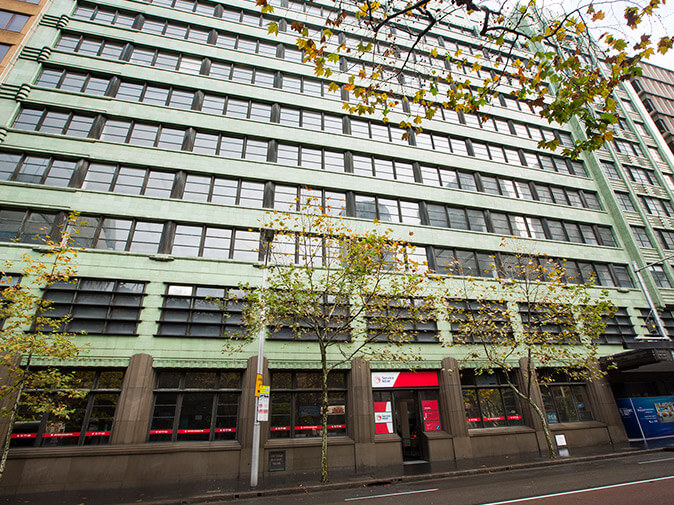Schools of the air originally provided courses via correspondence and radio. The Internet is now used for distance education (SIDE uses Moodle, developed in WA by Martin Dougiamas), however one unappreciated aspect of remote education are face-to-face camps where students can meet each other in person and meet their teacher. Rivalland, Rohl and Smith (2017) point out that in addition to synchronous electronic communication between the teacher and students, there are home visits by teachers, camps and seminars. Seven "Camp Schools" provide this socialization function for regional WA students: Broome, Bridgetown, Pemberton, Pilbara, Point Peron, Geraldton and Goldfields.
The five SOTA, are in regional WA: Port Hedland, Kimberley, Carnarvon, Kalgoorlie and Meekatharra. In contrast SIDE has one location in the capital city, Perth. The closures will result in teachers being 1,500 km from some of their students. While they will be milliseconds away via the Internet, there will be a cultural gap, with the city based teachers having little opportunity to understand the experience of their remote students. The WA Education Department's Institute for Professional Learning is collocated with SIDE, but does not list any courses for distance education teachers, only for classroom teaching.
There is a risk in younger students being education purely on-line and not developing social skills. The Minister's assertion that this is not the core business of education is questionable. If that were the case, then the WA Education Department could close down metropolitan Perth school campuses and only provide on-line education. Parents wanting their children to experience group activities and to be looked after during the day would then be required to pay for this a "non-core business".
The WA Government's move to rationalize regional school education may be followed in higher education. Australia's Regional Universities Network (RUN) has six members: CQ University, Southern Cross University, Federation University Australia, University of New England, University of Southern Queensland and University of the Sunshine Coast. Each institution has to have its own administration and governance structures. While each grew out of a particular regional area of Australia, they now all offer courses to students across Australia, and in some case, via city based offices.
A model for closer cooperation by universities is Open Universities Australia (OUA), a consortium of city based universities: Curtin, Griffith, Macquarie, Monash, RMIT, Swinburne, and South Australia. It is important to note that OUA is "universities" plural. Students can undertake on-line courses at any of the consortium members, but then graduate with a degree from one (not from OUA).
References
Rivalland, J., Rohl, M., & Smith, P. (2017). Supporting students with learning difficulties in a school of the air. URL http://ro.ecu.edu.au/ecuworks/7282/
Worthington, Tom (2017). Digital teaching in higher education : designing e-learning for international students of technology, innovation and the environment. Belconnen, A.C.T. TomW Communications Pty Ltd URL
http://www.tomw.net.au/digital_teaching/
Worthington, Tom (2017). Digital teaching in higher education : designing e-learning for international students of technology, innovation and the environment. Belconnen, A.C.T. TomW Communications Pty Ltd URL
![Queensland State Archives 2986 A School of the Air primary student in regional Queensland takes class via two way radio c 1960 By Premier's Department, State Public Relations Bureau, Photographic Unit [Public domain], via Wikimedia Commons By Premier's Department, State Public Relations Bureau, Photographic Unit [Public domain], via Wikimedia Commons](https://upload.wikimedia.org/wikipedia/commons/b/b6/Queensland_State_Archives_2986_A_School_of_the_Air_primary_student_in_regional_Queensland_takes_class_via_two_way_radio_c_1960.png)




